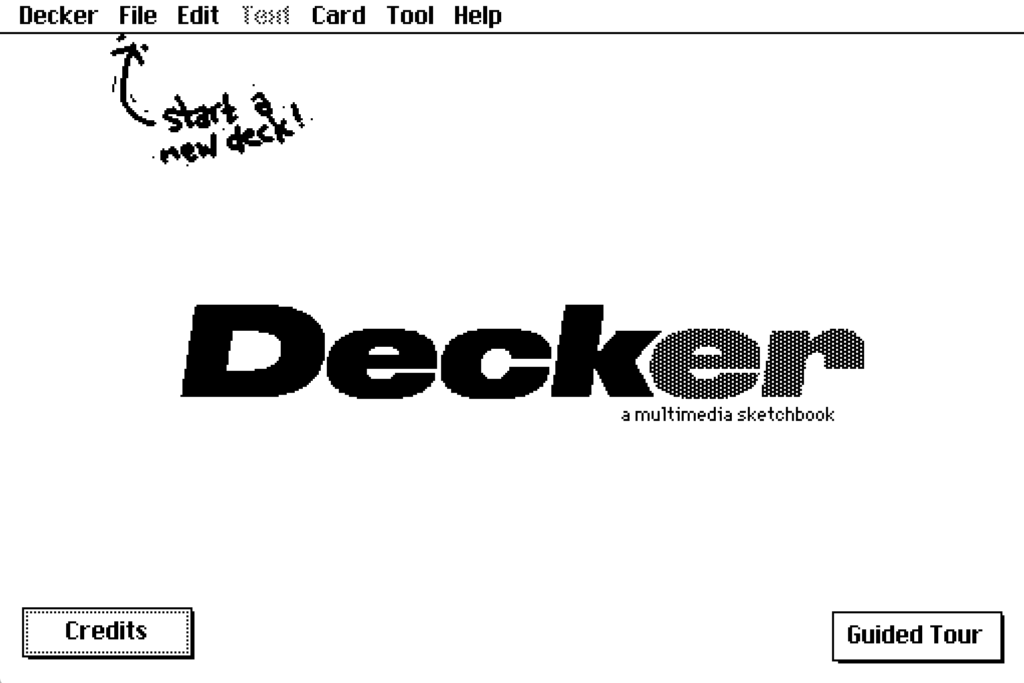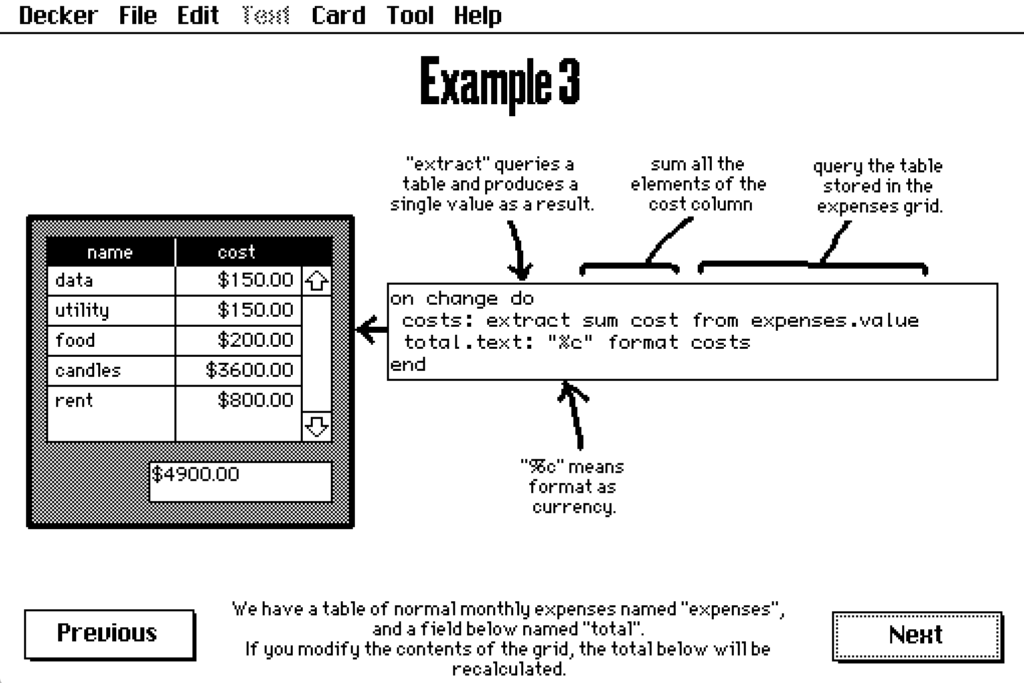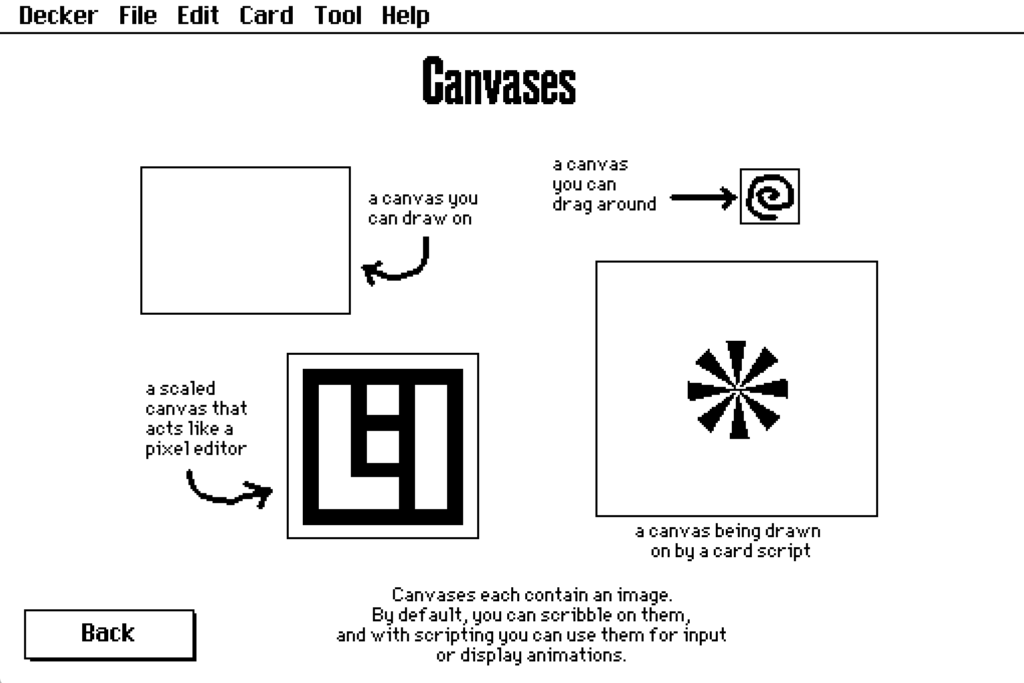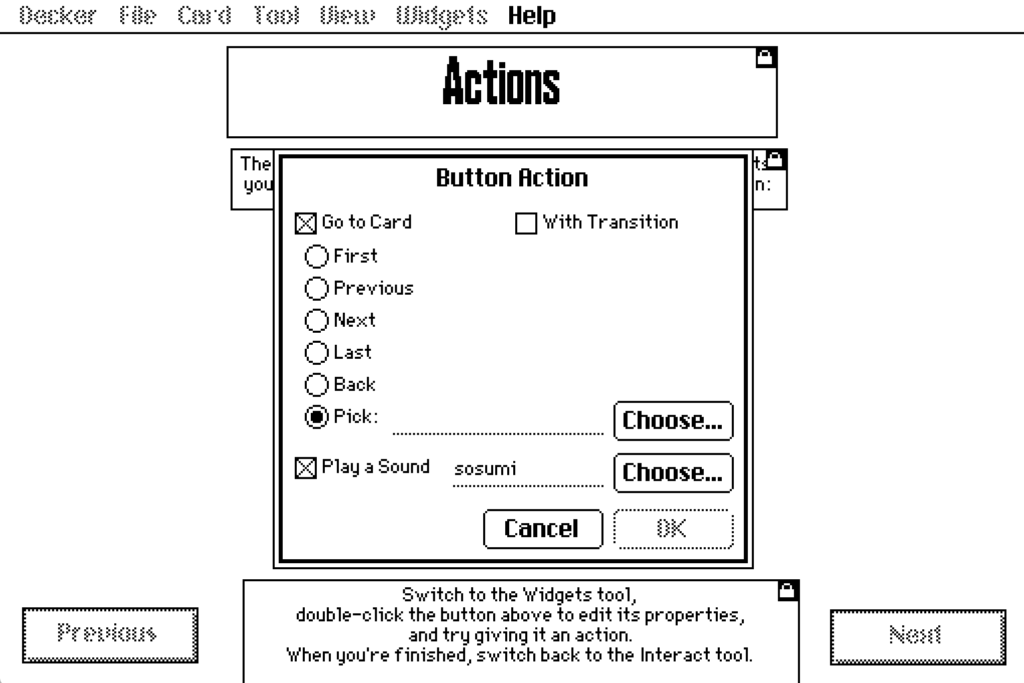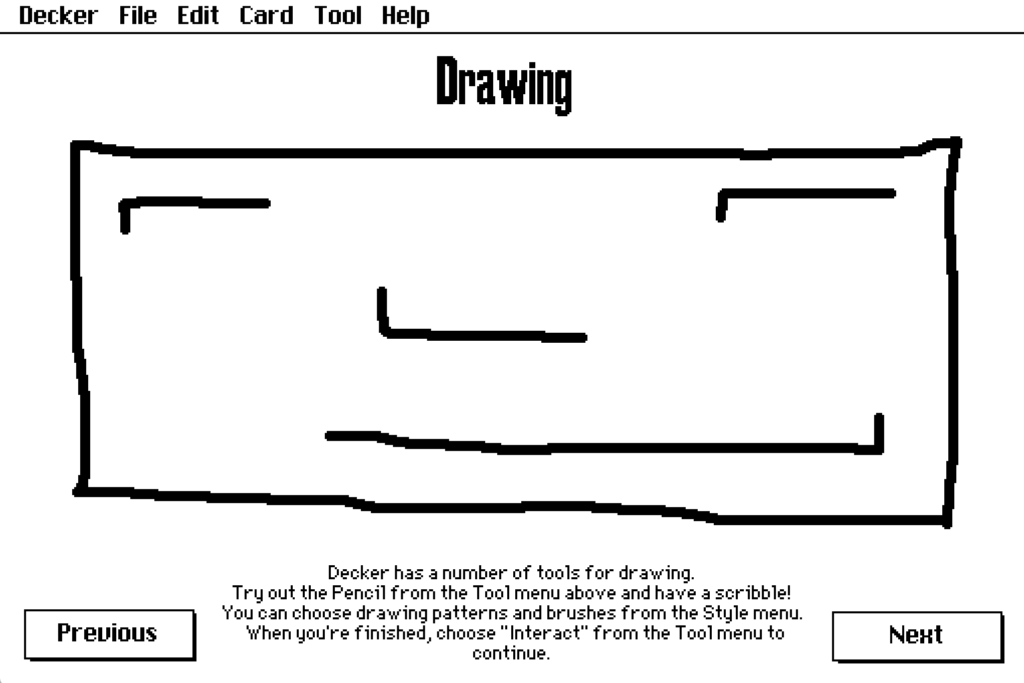I remember seeing this game for sale back then. It looked, on store shelves, a whole lot like a Pokemon clone. It’s not like we had any lack for them at the time.
Reading the back of the case made it clear something else was going on. Amazing Island was actually an early form of creativity game, like Drawn to Life, or Spore for that matter. Instead of collecting pre-made monsters, you made your own! Starting from one of a number of skeleton types, you used the Gamecube controller to draw shapes around it, that the game would then animate to bring your creation to life. Not a bad concept!
Worse was the execution, what you’d actually do with your creatures after they were made. Ideally the game would somehow use the contours and colors you attached to your newborn monstrosity to give it statistics, and then you could command it into full-animated battle against other monsters. Instead, you were given a variety of minigames to use your monster in, which didn’t have the same appeal. Rather than having Pokemon-style moves, they played a number of variations on volleyball, or racing, or some such.
Youtuber Camobot put the game through its paces in a 14-minute review. Here it is:
I think the video has its faults, but it mostly serves its purpose of presenting a noble experiment that never got a rerelease, and might earn a cult following today if it were. I wonder especially, if the Dreamcast hadn’t failed, if Amazing Island might have seen release on it, or on its successor if one had happened. It didn’t seem to sell too well on the Gamecube, and it probably would have done even worse on the PS2 or Xbox.
The failure of games like Amazing Island at market is why most games are largely similar by-the-numbers products nowadays, that don’t take risks but are made to ensure a modest yet predictable profit. This is why, when you see a game that you might like that looks like it might really try something different, you should take the plunge, if you are able, and check it out. Until developers are better incentivized for taking chances making novel and unique games, they’ll have to stick to churning out the bland gruel that still moves copies, and no one really likes that, not the players, and not even the devs.

